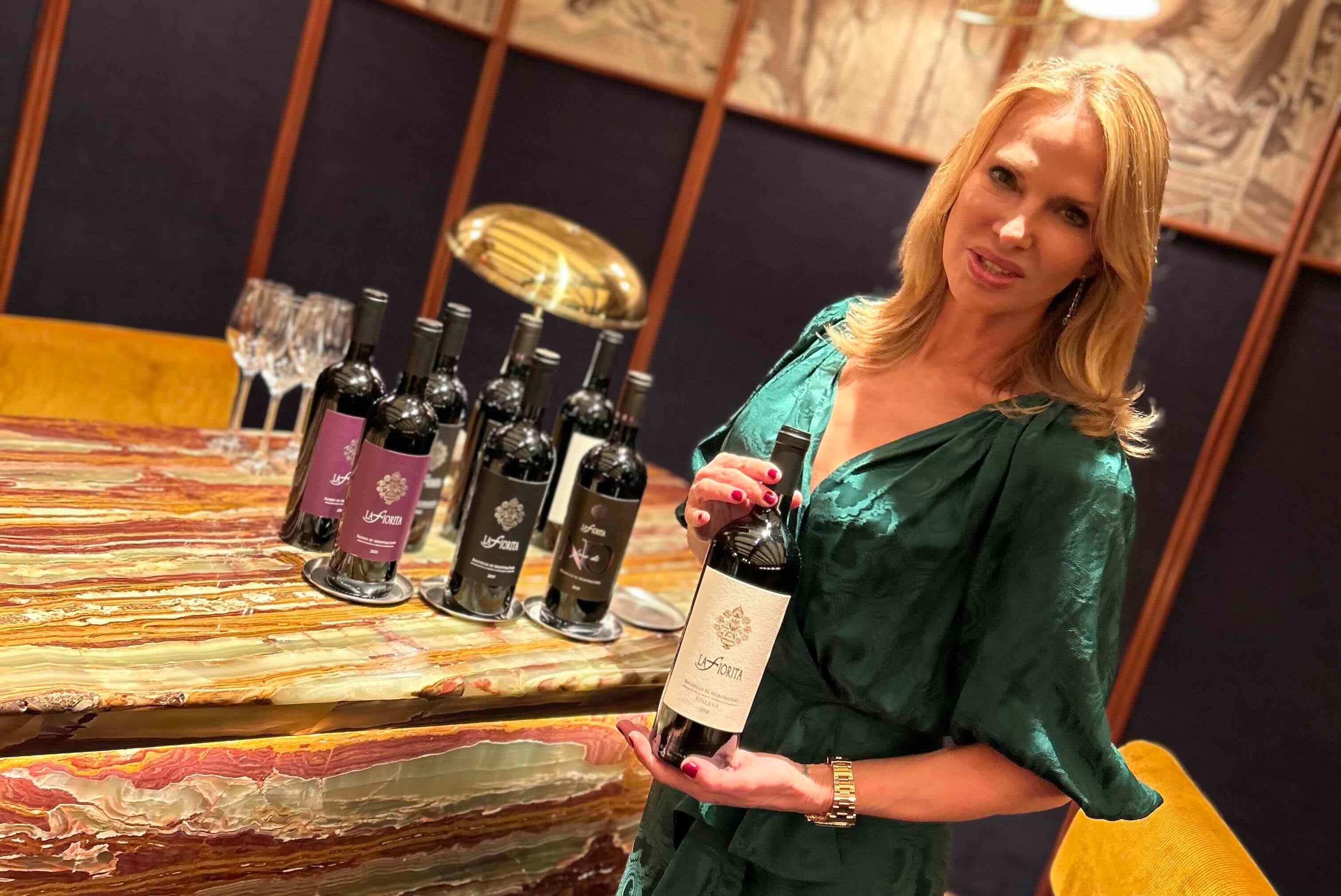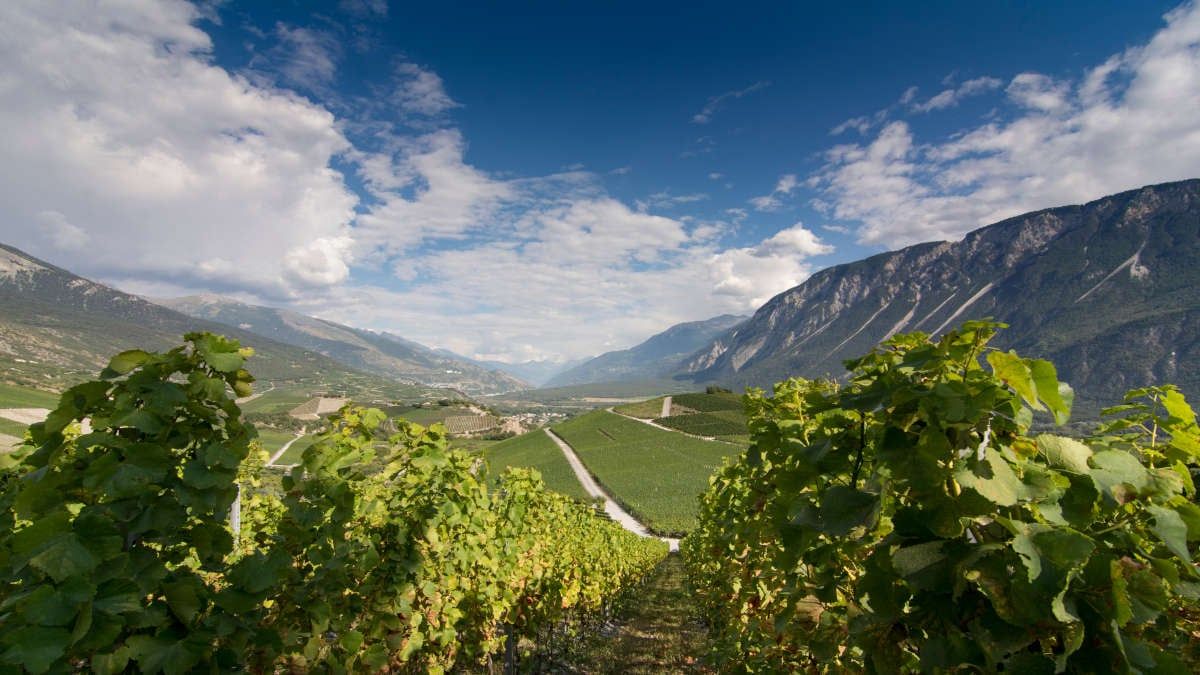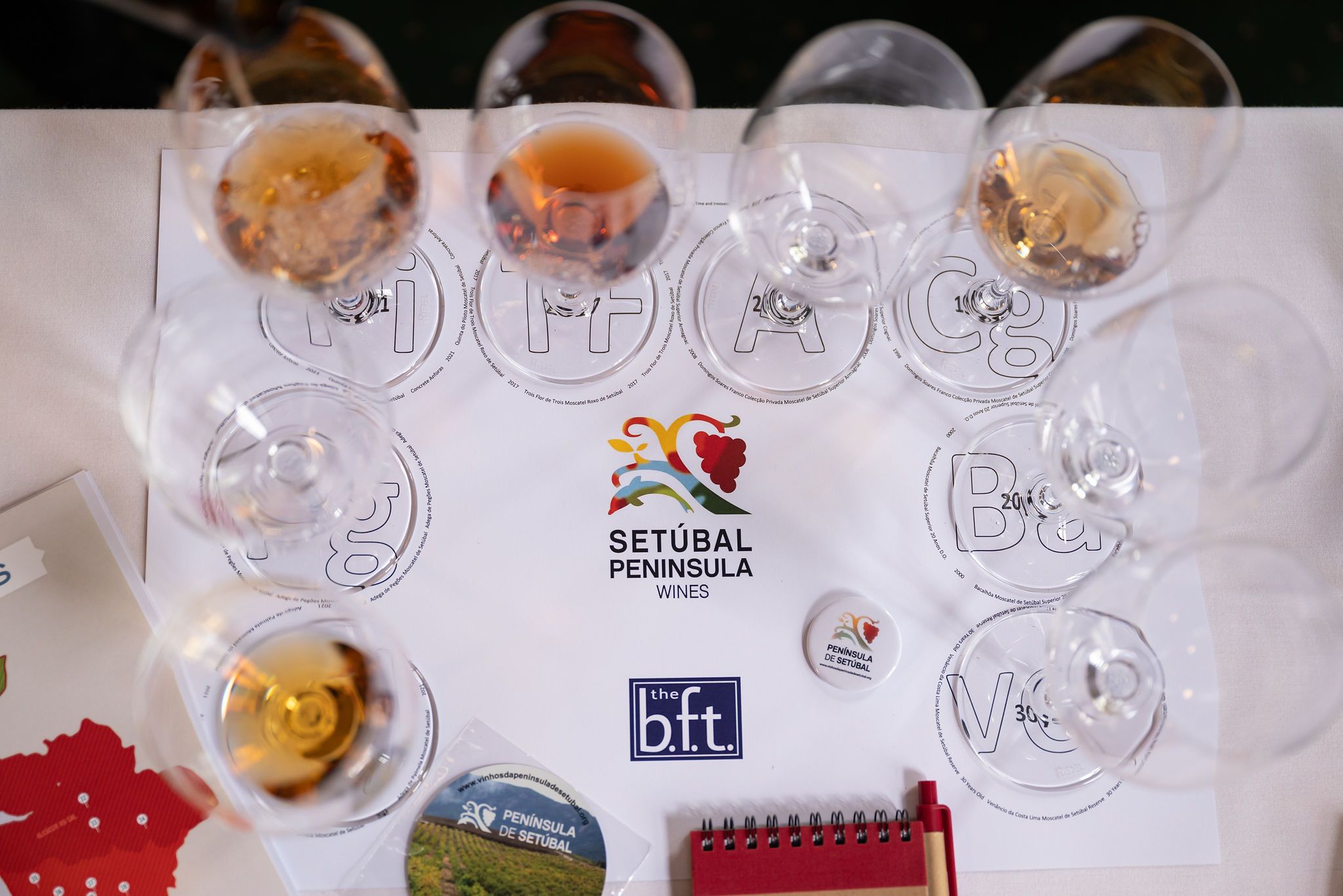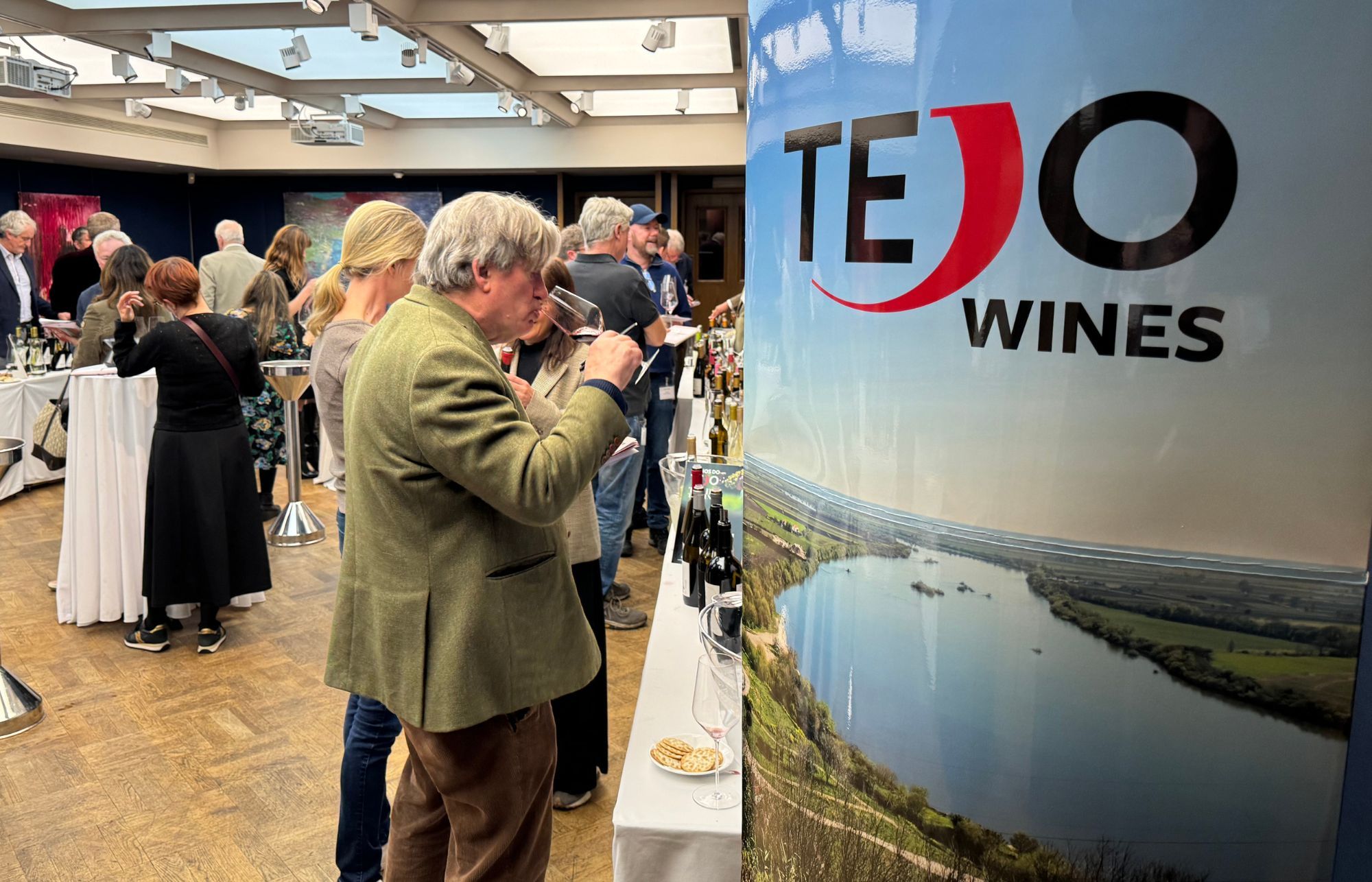“When everything does come out right, British wines can offer amazing flavours and a really exciting character,” says Langham.

British wines on show at WineGB tasting, Battersea Arts Centre, London, September 5, 2023
So how, in September 2023, to take the pulse of our fast growing British wine industry? Sam Linter, chair of industry body WineGB says that at 4300 hectares, plantings are now almost on a par with those of Chablis.
“Hectarage has grown 74% over the past five years and is unrecognisable from what it was back in 2000, at 857 ha. So, in those 23 years, our hectarage has grown 500%. That’s huge growth,” she said at the opening of this year’s annual tasting in south London’s Battersea Arts centre.
Kent, with 26%, followed by West Sussex and East Sussex (15% and 13%) have the most plantings whilst Chardonnay and Pinot Noir (respectively, 31% and 29%) are the most common varieties here, testimony to the industry’s continued focus on classic style sparkling wine.
English – and Welsh – wine has become that rare thing, a national success story, proof that not everything here is falling apart. And, although the jury is still out on what impact our Ho-hum summer will mean for this year’s harvest, climate change has been broadly positive in viticultural terms, unlike other parts of Europe where freak weather events and disrupted harvests are becoming more the norm.
And WineGB – with a new, largely female team at the top coupled with a renewed focus on, yup, sustainability – has never looked more confident. The UK now has 943 vineyards and 209 wineries of whom 67 were present at the tasting including all the big guys you would expect – Nyetimber, Chapel Down, Balfour, Ridgeview – medium-sized ones like The Grange and Roebuck Estates but also, refreshingly, lots of tiny ones, many under Wine GB’s regional banners, as well as urban wineries like the ever-exciting London Cru. With visitor numbers high – sharp elbows needed particularly around the more popular stands – the mood was positive, pretty much across the board.

Thinking pink: Charlie Scrase Dickins’ Coolhurst Vineyard
How is the 2023 growing season going?
“After a disappointing July and August, this sunny start to September has put everyone in a better mood,” says Zam Baring of The Grange in Hampshire, where a brand-new winery tops out recent expansion.
Justin Langham agrees saying grape ripening accelerated in early September though he cautions it’s early days to predict whether the 2023 harvest will come anywhere close to last year, when his eponymous Dorset winery produced well above its normal 55,000 annual bottles. With a major planting three years ago, production is expected to top 150,000 bottles in around three years but first, there is still 2023 to get through.
“We’re aiming to start harvesting around October 9/10 but the next month or so will be quite nerve racking. If we get a return to that dull July-August weather all bets are off,” he says.
As ever, keeping a sense of perspective is important here. Although English wine (sparkling and still) is on the up, and an increasingly familiar sight in restaurants, better supermarkets and indies, it still represents less than 1% of the wine consumed in the UK. Although poor perception still plays a role, consumers have been held back mainly by the high prices that are a natural consequence of high land and labour costs, and poor economies of scale. Meanwhile those who like a good, hefty red continue to look elsewhere – although winemakers are having success with Pinot Noir and Precosse, sales are minuscule although recent reports suggest a Swiss hybrid – Divico, which makes medium bodied reds – might over time become another player.
So what’s the mood within the broader industry?
“I think it’s important to recognise that despite the recent growth, the UK remains a marginal wine producer, with a volatile climate, although on the plus side, when everything does come out right, our wines can offer amazing flavours and a really exciting character,” says Langham.
Kate Fyans of Noble Rot agrees, suggesting customers appreciate innovation and experimentation and says that, contrary to what some say, English wine isn’t regarded as overpriced.
“New wine-producing countries have to rely on quality if they are to succeed and English wine does that. Our customers recognise that particularly with our climate this can’t be an easy way to make a living and appreciate that the wines can be pretty special.”
So what wines floated my boat?
With so much on show, I mainly confined myself to new releases including still 2022 wines, sparkling 2018s (which for many producers have only come to market this year) and oddities, of which there are an increasing number including orange wines, Col Fondos, Pet Nats and sparkling reds.
Here’s my top 10, in no particular order.
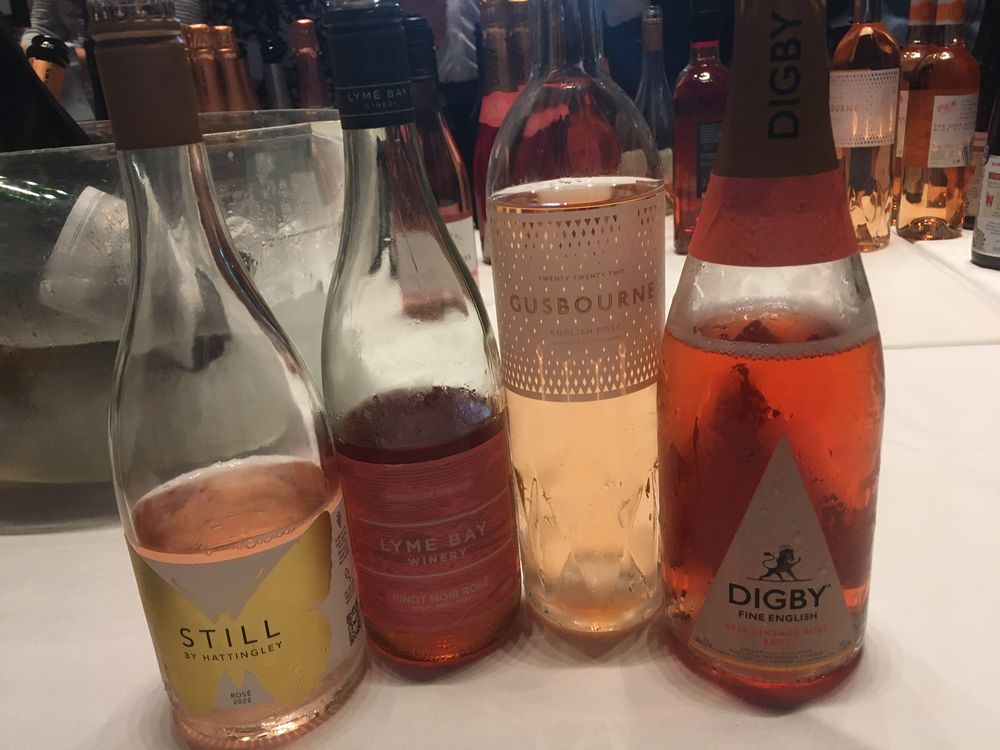
Unsurprisingly, given its current surge in popularity elsewhere, still pink wine is becoming a big thing in the English wine industry, usually but not always made with Pinot Noir/ Precosse and there were some good examples here.
My favourite, by some distance, was Gusborne’s Twenty Twenty Two English Rose, a perfectly balanced and well presented wine (loved the bottle, stopper and label, not so sure about the tiny writing) made in Provence style but with a delightful zippy acidity and savoury aftertaste.
Also good was Hattingley Valley’s Still 2022 a well made and assured pink blend of Pinot Noir and Precosse, very accessible and moreish, with strawberries and raspberries on the palate.
Chapel Down’s English Rose 2022 was also impressive, strawberry charged with a dry palate but enough residual sugar to make this a joyful drop on a summer evening. Reminded me of a well-made Chiaretto di Bardolino, which is a compliment. And good value at just £16.
I was slightly surprised that the latest WineGB stats suggest Bacchus – which many argue could become the iconic still British grape, our vinicultural calling card – still accounts for less than 10% of plantings. There was a big diversity of styles on show amongst the 2022s with some producers going for a high acid Sauvignon Blanc style (notably Denbies) others for a more rounded Chenin Blanc approach, suggesting the jury is still very much out on how this “national” variety should show.
For my money, the most approachable of the bunch were the Lyme Bay Bacchus, made with a selection of the best grapes from four counties, just 11.5% abv but showing surprising depth and complexity, with almond and pear on the finish. Different, fuller and more crowd pleasing the Chapel Down Bacchus 2022 has good balance and a nicely complex fruit profile, it’s 12% alcohol well supported; in a higher price bracket, around £30, the Chapel Down King’s Coty Bacchus 2020 showed why it has won so many awards since first release – this is a rich, almost Viognier interpretation of the variety, luxurious and moreish.
Moving onto sparkling wines, it seems that producers here are ‘thinking pink’ in much the same way as in still wine, so it was little surprise to come across Charlie Scrase Dickins’ Coolhurst Vineyard a new (to me) West Sussex producer (25,000 bottles). Coolhurst focus entirely on single vineyard long lees-aged pink wines using Pinot Noir for the moreish Lady Elizabeth Rose 2027 and Pinot Meunier in my favourite of the two, The Miller’s Tale 2018, a generous but well balanced 100% iteration of that variety, reflecting 8.5 gms r/s but also the warmth of that great vintage.
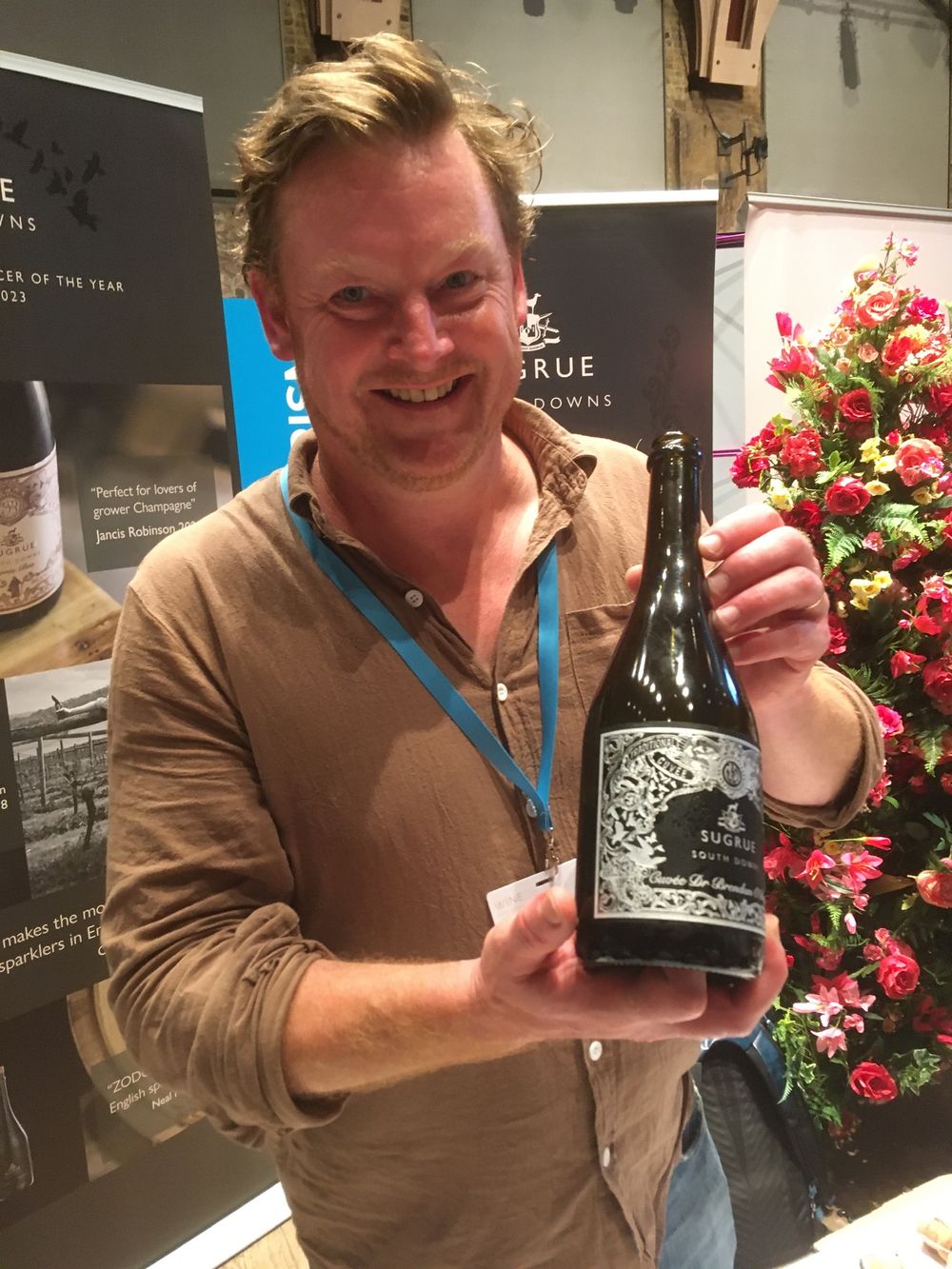
Dermot Sugrue and his high end Cuvée Dr Brendan O’Regan NV
Close by, it was a surprise to see Sugrue South Downs adjacent to Wiston Estate, Dermot’s alma mater, but relations clearly remain good and Sugrue’s wines were showing well as you might expect. I appreciated his high-end Cuvée Dr Brendan O’Regan NV (and who wouldn’t, at £125 a pop) but for almost the same price you could get two delicious bottles of Rose Ex Machina 2016, made from the best fruit from Jenkyn Place Vineyard during that tricky vintage. 50% Pinot Noir, 20% Meunier and 30% Chardonnay and long lees-aged in stainless steel, this is fresh, complex but still amazingly fruit-driven.
Nyetimber’s range seems increasingly extensive, covering a range of price points but for me the 1086 by Nyetimber Rose 2010, made from 75% Pinot Noir and 25% Chardonnay, and named after the date of the Doomsday Book (in which the estate is listed) is pure class, reflecting the 7.5 years the wine spent on its lees and then five under cork. At £175 this was probably the priciest wine of the tasting but if you have that sort of money, there are worse things to spend it on.
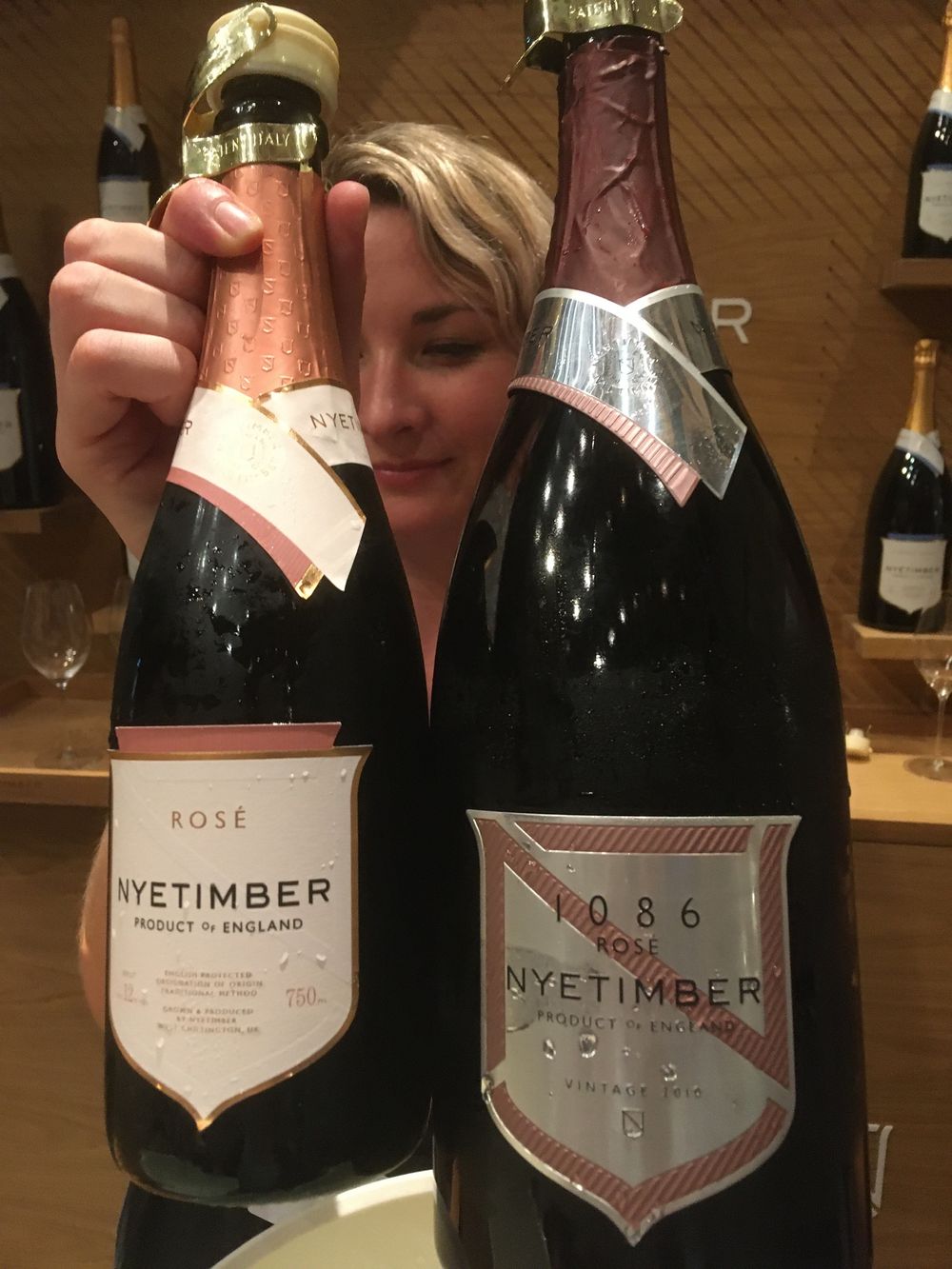
And, finally, a Col Fondo from Langham, which I almost missed because it looked more like cider than wine, not just cloudy – as you’d expect from this style of sparkling wine – but served from a 20 litre keg, in which the secondary fermentation takes place. The growing importance of sustainability in the English wine industry has encouraged green-washing – including WineGB’s perverse decision not to print a booklet for this tasting when producers most need the exposure and visitors, a proper overview of what’s on offer. But Langham’s Zig Zag shows that you can eschew the heavy carbon footprint of sparkling wine bottles but still make a delicious sparkling wine (in this case from Chardonnay, Pinot Noir and Meunier, mostly 2021 vintage) with genuine appeal. Langham’s chief winemaker Tommy Grimshaw says the response has been encouraging, with premises able to sell something distinctive and cheaper than bottled wine, with Zig Zag resonating particularly well amongst younger consumers for whom wine isn’t necessarily a first drink of choice.
The future then? Clearly not for all by any means, but certainly something to think about as English wine continues its fascinating evolution.

